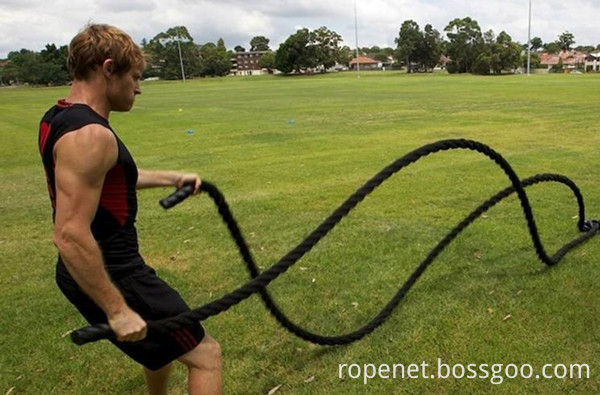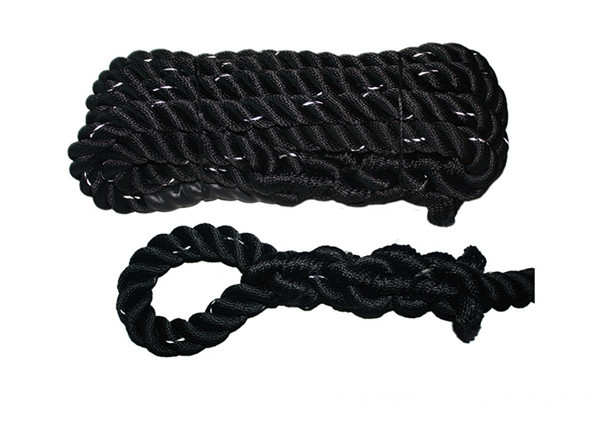Window covering film is a special kind of film coating process. In addition to the advantages of film-covered products, it also makes packaged goods visible. It is mainly used in carton packaging, food, medicine, light industrial products, and packaging for export commodities. In actual production, due to the influence of various uncertain factors, the product quality fluctuates greatly, and it is easy to appear defects such as blistering, stripping, wrinkles, snowflakes, aprons, and paper rolls.
After the window is opened, the printed product is coated with a coating rubber roller along the paper path, and then pressed against the plastic film by the upper and lower pressure rollers to complete the laminating process. The difference in working principle has the following two points. In the process of window covering, all aspects may affect the quality of finished products.
(1) First apply the adhesive to the surface of the printed product, then cover the surface with plastic film, and finally press it into the finished product.
(2) The window covering film is a film on the printed product with a window.
printed matter
(1) If the ink layer on the surface of the printed matter is too thick or not dry, the adhesive applied during lamination cannot penetrate through the pores between the ink layer and the paper to bond, and false bonding will occur, resulting in the finished film Bubbles for a short time.
(2) It is inevitable to use chemical syrup in the printing process, and it is easy to change the surface structure of the paper, so that the adhesive and the paper can not be in good contact, resulting in the product blistering after being left for a long time.
(3) The adhesive layer on the surface of the film-covered printed product is dried to the initial dryness, and the thickness is about 0.002mm ~ 0.003mm. Therefore, if the powder sprayed on the printing material is too thick, it will cause fine snowflake-like spots on the product due to the incomplete film compression.
(4) The product should be stored for a period of time after printing to facilitate the evaporation of paper moisture. Otherwise, after the film is laminated, as the moisture evaporates, the paper fibers shrink, which will cause the film to wrinkle.
(5) If the surface roughness of the printed matter is too high, it will affect the castability (leveling and spreading) of the adhesive, resulting in uneven coating, and the product surface after coating will produce bright spots or "fogging" with uneven gloss.
(6) Prints with poor flatness are prone to wrinkles when coated, and because of the unevenness of the paper, the adhesive cannot be evenly coated on the paper, resulting in film peeling and blistering.
Adhesive
1. Adhesive viscosity
If the viscosity of the adhesive is too high, its castability and wettability will be reduced, making the coating of the adhesive uneven, resulting in the coating layer flowering, and snowflake spots will occur after the coating. At the same time, in the coating process, the excessively high viscosity makes it very easy for the printed matter to adhere to the coating roller (glue roller), and is rolled up with the rotation of the coating roller, which causes the phenomenon of paper roll. If the viscosity of the adhesive is too low, the solvent in the adhesive cannot be fully volatilized during the drying process, so that the solid content of the adhesive is reduced, and the phenomenon of loose film, film release, and blistering is easy to occur.
2. Thickness of adhesive coating
If the coating amount of the adhesive is too small and the thickness is too thin, the adhesive force will be insufficient and the film will easily fall off. However, if the coating layer is too thick, the effect will be even worse. For example, the evaporation of the solvent in the adhesive will slow down, and the product will easily blister after being placed; due to the water content of the paper, the paper fibers will shrink at the window opening after shrinking , Even extruding the rubber ring at the window opening. These will cause fatal damage to the quality of the film.
3. The proportion of binder and thinner water
The proportion of the adhesive and the thinning water must be strictly in accordance with the requirements of the film and the adhesive, otherwise it will cause poor adhesion.
film
Because the essence of the film is to use adhesive to bond the printed matter and the plastic film together, the quality of the film is not only related to the nature of the adhesive, but also has a close relationship with the surface properties of the plastic film. Improving the surface cleanliness of the plastic film, improving the crystallinity of the surface, improving the cohesive strength of the surface layer or removing the weak surface layer can effectively improve the quality of the coating. In addition, because the film is subjected to mechanical forces during the film coating process, it must have certain mechanical strength and flexibility. If the film is too soft, wrinkles are likely to occur during compression.
Drying tunnel temperature
If the temperature of the drying tunnel is too low, the solvent in the adhesive cannot be fully volatilized, which will affect the fastness of the coating, and it is easy to produce blistering and film removal. If the temperature of the drying tunnel is too high, many folds may be formed on the surface after coating.
Lamination
1. Pressing pressure
High pressure helps to improve the adhesion fastness of the film and the printed matter, but excessive pressure can easily cause deformation and wrinkles of the plastic film, and it is easy to extrude the rubber ring at the window opening. And because the bottom plate has a window, the axial force of the bottom plate is necessarily uneven, and stress changes will occur at the window, and the plastic film is likely to wrinkle. If the pressure is too low, it will not stick well, and it is easy to produce peeling. The uneven pressure on the left and right of the pressing roller is easy to cause film deformation and wrinkles.
2. Laminating speed
The lamination speed is influenced by the pressing force. If the pressure is high, the lamination speed can be appropriately faster. However, if the speed is too fast, the time for pressing the paper and the plastic film will be shorter, which may easily cause weak adhesion.
The Training Rope (Battle Rope, Gym Rope, Crossfit Rope) are made of twisted anti-corrosion, wear-resistant, soft, gravity vertical fibers, therefore the rope are durable, not easy to lose, looks smooth and not easy to stick dust. User will feel smooth when hold it, and user are able to complete all kinds of wave action. This training rope are heavy enough, is one preferred choice for a professional fitness user.
Description of Fitness Rope
Name: Fitness Power Battle Triceps Physical Training Fitness Pull Rope for exercises / Battle Rope / Training Rope
[Product Material]
1, Polyester Fiber (Anti-corrosion, Wear-resistant, Anti-aging, Compliant, Gravity vertical).
2, Polydacron Combination Fiber ( Anti-corrosion, Wear-resistant, Anti-aging, Gravity vertical ).
[Product Color]Black, Black with Yellow
[Specification]25 mm (Polyester 450 g/m)
38 mm (polyester 690 g/m, Polydacron 640 g/m)
50 mm (polyester 1480 g/m, Polydacron 1480 g/m)
SPECIFICATION
[Battle Rope 1](TNXL001)
[Training Way]Swing, Shaking, Screw Turn
[Specification]38 mm / 50 mm
[Length]5m / 10m / 15m



If you need more info about Fitness rope / Battle Rope / Training Rope, pls kindly send email to us directly.
Fitness Rope
Fitness Rope,Training Rope,Gym Rope,Rhythmic Gymnastics Rope
ROPENET GROUP CO.,LTD , https://www.cnparacord.com